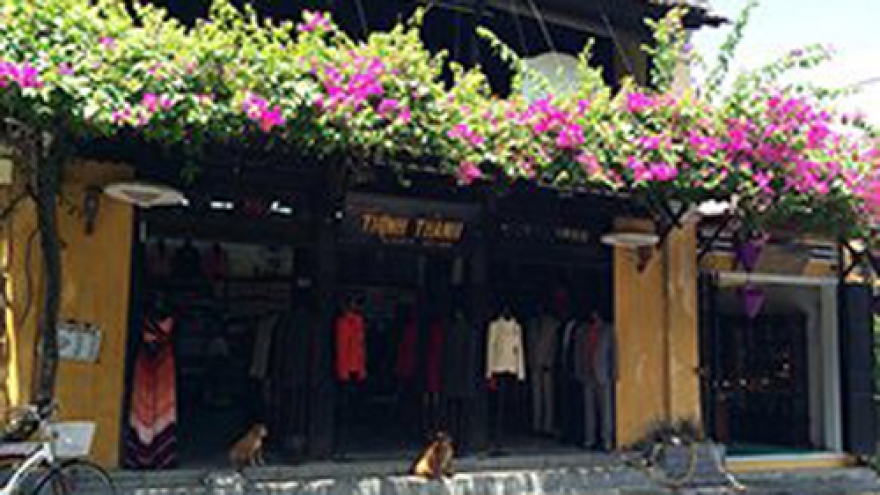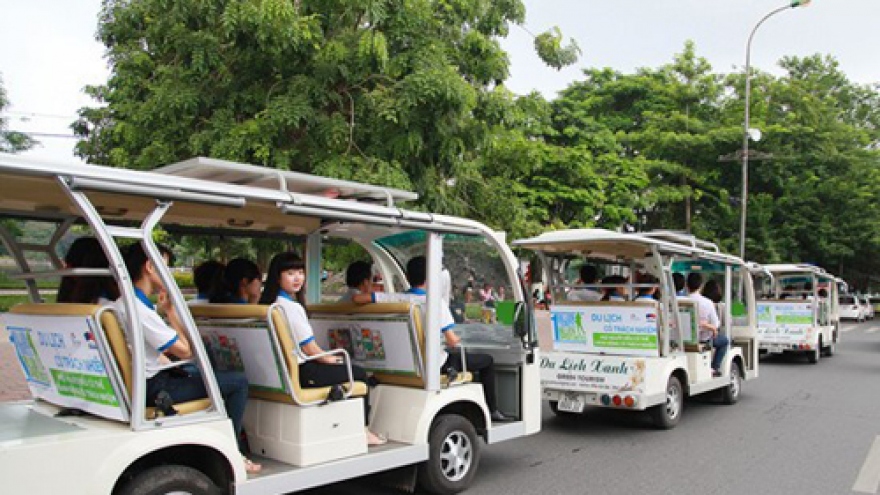Hai Nam Assembly Hall in Hoi An opens to tourists
Hai Nam Assembly Hall has become a new sightseeing spot in the ancient town of Hoi An since it formally opened to the public on November 23.
 |
Hoi An Vice Chairman Nguyen Van Son said the opening of Hai Nam Assembly Hall would offer a wider choice of places to see for tourists visiting the UNESCO-recognised world heritage site.
It also means that the hall, also known as Quynh Phu, will be included on the list of sites to be protected and maintained in accordance with regulations for the conservation of heritage sites.
Hai Nam is one of the five assembly halls built by Chinese merchants doing business in Faifo, as Hoi An was formerly known, in the previous centuries to be used for congregation and community activities.
The other four assembly halls are Phuc Kien, Quang Dong, Trieu Chau and Trung Hoa.
Hai Nam was built in 1875 to worship 108 Chinese traders from Hainan Island who were mistaken for pirates and killed by the soldiers of the Nguyen Dynasty. They were later exculpated and declared to be martyrs by Emperor Tu Duc.
Today, the Chinese assembly halls are still conserved in their entirety in terms of architecture and worshipping traditions and have become an indispensable part of the ancient town.
The assembly halls of Phuc Kien, Quang Dong and Trieu Chau are already open to the public and have attracted numerous visitors who come to admire their architecture, learn about their history and make offerings.
Hai Nam Assembly Hall was built in the Chinese style, consisting of the main worship chamber, the east house, the west house, the front courtyard and the back courtyard.
The perfect combination of building materials and delicate detailing has created a structure both solemn for a place of worship and homely for a place to strengthen community ties.
At the centre of the main chamber is a unique crimson-painted and gold-plated wooden altar, depicting life in the three realms of heaven, earth and water. Behind is a tablet dedicated to the 108 slain traders.
The two sides of the main chamber are shrines dedicated to the God of Wealth and ancestors.
Every year, the Hainanese communities in Hoi An and in other places such as Tam Ky and Danang gather and perform rituals at the assembly hall on the second day of the Lunar New Year and the full-moon day of the sixth lunar month.


